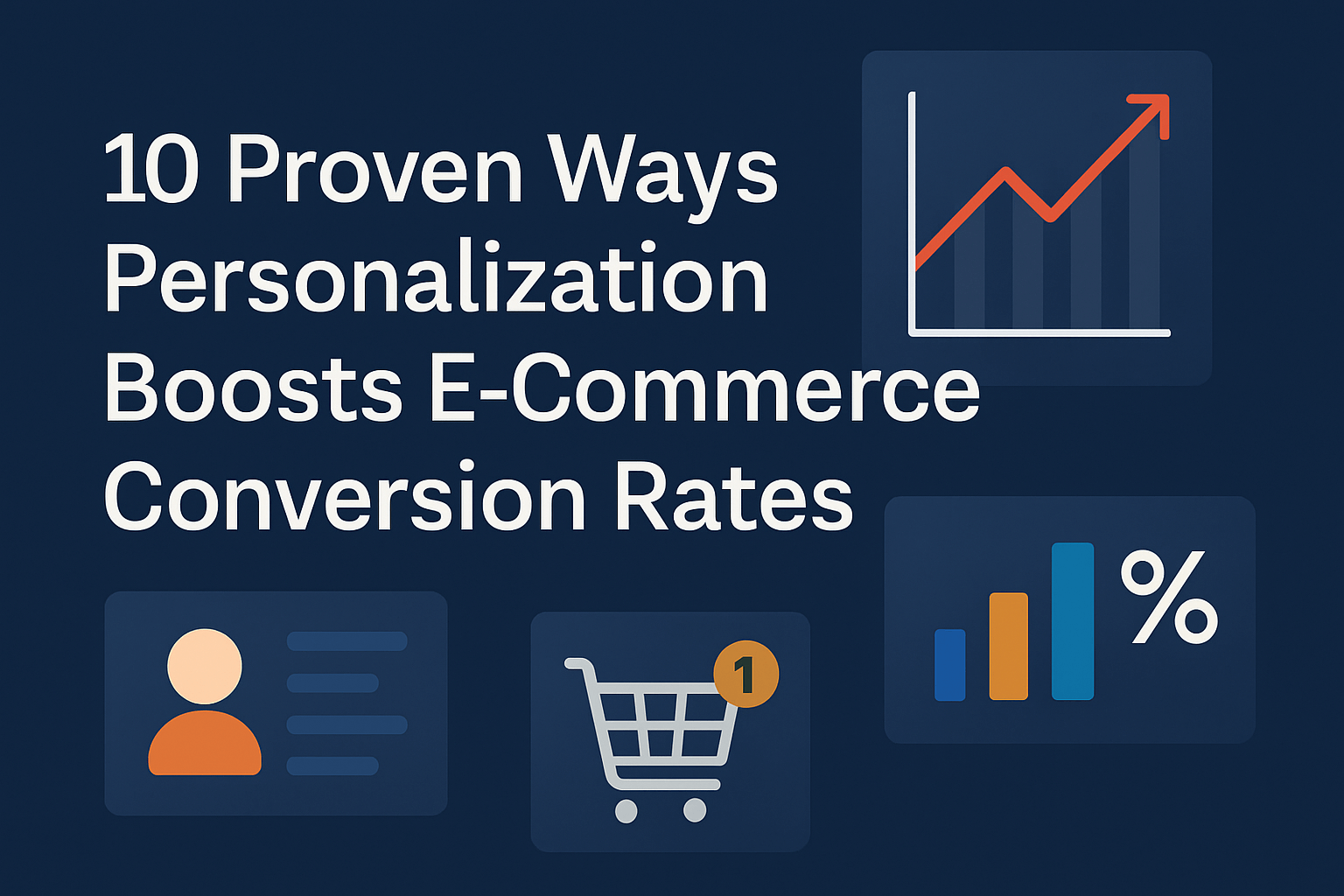Kick-start your ecommerce optimization
In the competitive world of online retail, the success of your ecommerce business hinges on more than just having an appealing product range. Your website's performance, user experience, and content quality play crucial roles in turning visitors into customers.
Ecommerce optimization is the process of enhancing various elements of your online store to improve user engagement, increase conversions, and drive revenue.In this article, we’ll explore the essential strategies for ecommerce website optimization, including optimizing ecommerce content and improving store functionality.
Ecommerce optimization – the first steps
Ecommerce optimization is a continuous process that combines technical improvements, content strategies, and data analysis. This involves regularly monitoring your site’s performance, gathering customer feedback, and adapting to industry trends.
Utilize analytics tools: regularly monitor your site’s performance using tools like Google Analytics, heatmaps, and A/B testing platforms. Analyze data on user behavior, traffic sources, and conversion rates to identify areas for improvement.
Personalize the shopping experience: personalization can significantly enhance the user experience by tailoring content, recommendations, and offers to individual preferences. Implement personalized product recommendations, targeted email campaigns, and dynamic content based on user behavior. Use a dedicated CRM to personalize your marketing efforts and a tool like Conversion Wax to place dynamic content on your web pages.
Test and iterate: optimization is an ongoing process. Continuously test different elements of your site—such as layout, CTAs, and content—to determine what works best. Use A/B testing to compare variations and implement the changes that drive the most conversions. If you have a marketing platform such as Hubspot or Marketo, you can even split-test whole landing pages.
Focus on security and trust: for customers shopping online, trust is paramount. Ensure your ecommerce site is secure with SSL certificates, transparent with privacy policies, and user-friendly with easy-to-find customer support options.
Ecommerce content optimization
Once you’ve started the first steps, it’s time to pay attention to your content. Ecommerce content optimization focuses on creating, structuring, and refining your content to engage users, improve SEO rankings, and drive conversions.Content includes product descriptions, blog posts, category pages, hero imagery and other written or visual content on your site.
Write compelling product descriptions
Product descriptions are your opportunity to showcase the value of your offerings. Effective descriptions should:
- Highlight the unique selling points of each product
- Use clear, concise, and persuasive language
- Include keywords that potential customers are searching for to boost SEO
- Provide detailed specifications and benefits to help customers make informed decisions
Leverage User-Generated Content (UGC)
Reviews, ratings, and customer photos are forms of UGC that add authenticity to your site:
- Showcase positive reviews prominently on product pages
- Create incentives for customers to leave reviews, such as discounts or loyalty points
- Incorporate social proof in your content, helping new visitors build trust in your brand
Optimize category pages
Category pages help structure your site and guide users to the products they’re looking for. To optimize these pages:
- Write keyword-rich content that describes the category and its relevance to users
- Include clear headings and subheadings for better readability and SEO
- Use high-quality images and descriptive alt text to enhance visual appeal and search visibility
Create engaging blog content
Blogging is an excellent way to attract organic traffic and provide value to your audience. Effective blog posts can:
- Address common customer questions and pain points
- Showcase product use cases and success stories
- Feature industry trends, tips, and how-to guides
- Incorporate relevant keywords and internal links to product pages to boost SEO
Optimize and personalize images
The way that images are displayed and formatted across your whole website can significantly effect user experience (UX):
- Optimize imagery for different device sizes, such as tablet and mobile to ensure your pages load quickly and aren’t distorted
- Use image formats that are best suited to your users’ browser such as WebP and Jpeg
- Personalize image content using tools like Conversion Wax to show users imagery based on their location
Improving ecommerce store functionality and performance
The final area of focus in ecommerce website optimization involves improving your online store's functionality and performance to provide a seamless shopping experience for your customers. The goal is to create an environment where potential customers can easily find what they need and complete purchases without friction.
Simplify navigation
Your website’s navigation should be intuitive, helping users find products and information quickly. Key elements include:
- A clear and concise menu structure that categorizes products logically
- A search function that provides relevant results with predictive text and filters
- Breadcrumb navigation that helps users keep track of their journey through the site
Optimize checkout process
Cart abandonment is a common issue in ecommerce. To reduce this, optimize your checkout process by:
- Offering guest checkout options to simplify the process
- Reducing the number of steps in the checkout process
- Clearly displaying shipping costs and delivery times upfront
- Implementing secure payment gateways to build trust with customers
Improve page load speed
In the digital age, speed is everything. A slow-loading website can frustrate users and increase bounce rates, leading to lost sales. To optimize your page load speed:
- Compress images and use the appropriate image formats (like WebP)
- Minimize the use of large, resource-heavy scripts and plugins
- Implement content delivery networks (CDNs) to reduce server response times
- Use browser caching to store frequently used files on the user’s device
Enhance mobile responsiveness
With more consumers shopping on mobile devices, ensuring your ecommerce site is mobile-friendly is essential. A responsive design adapts to different screen sizes, providing an optimal user experience on all devices. Key tactics include:
- Using flexible grids and layouts that adjust according to screen size
- Ensuring touch elements (like buttons) are easily clickable on small screens
- Streamlining mobile navigation to help users find products quickly
Time to get started
Ecommerce optimization is a multifaceted process that requires attention to both the technical and content aspects of your online store. By focusing on ecommerce website optimization, spending time on optimizing ecommerce content and improving your store functionality and performance, you can create a seamless, engaging, and profitable online shopping experience.
Remember, optimization is not a one-time task but a continuous effort that evolves with your customers' needs and industry trends. Keep testing, changing and analyzing and you’ll be on your way to increasing your online sales.
-

10 Proven Ways Personalization Boosts E-Commerce Conversion Rates
-

How to increase your website sales
-

Mastering ecommerce product page optimization
-

Ecommerce content optimization - strategies to drive conversions
-

Product page SEO best practices
-

Create a winning ecommerce strategy
-

Ecommerce optimization - strategies to boost your online store's performance
-

Ecommerce best practices - how to enhance performance, attract customers, and grow sales
-

How to increase online sales - proven strategies to boost your business
-

How to market a product online - proven strategies for success

